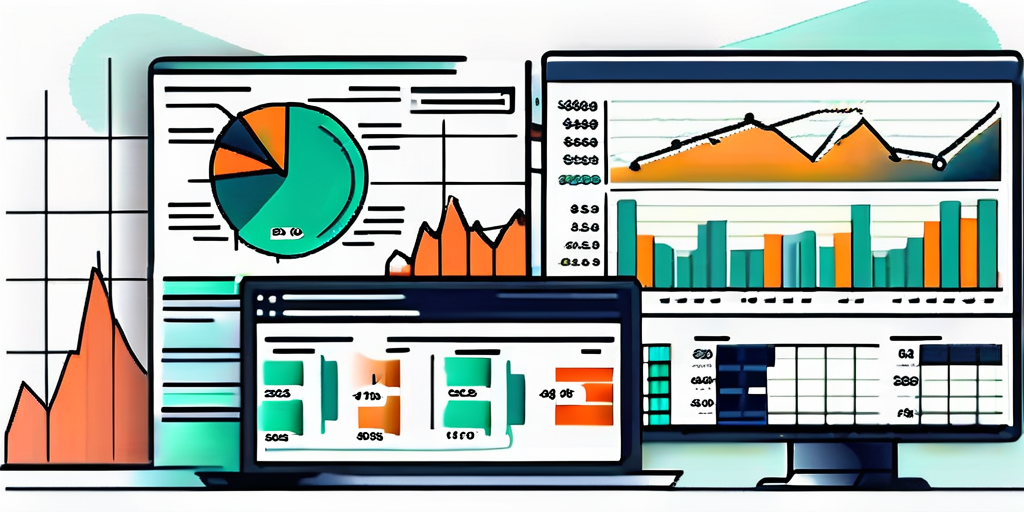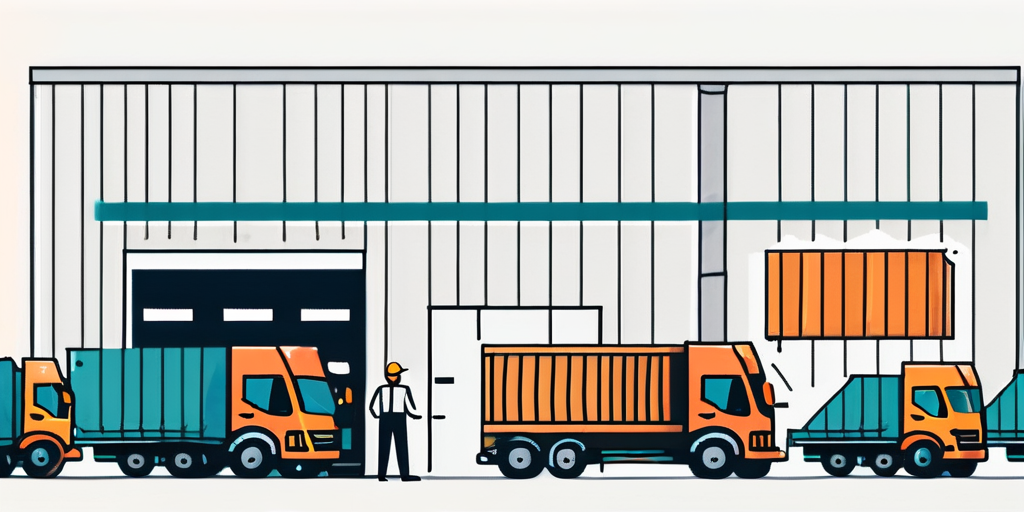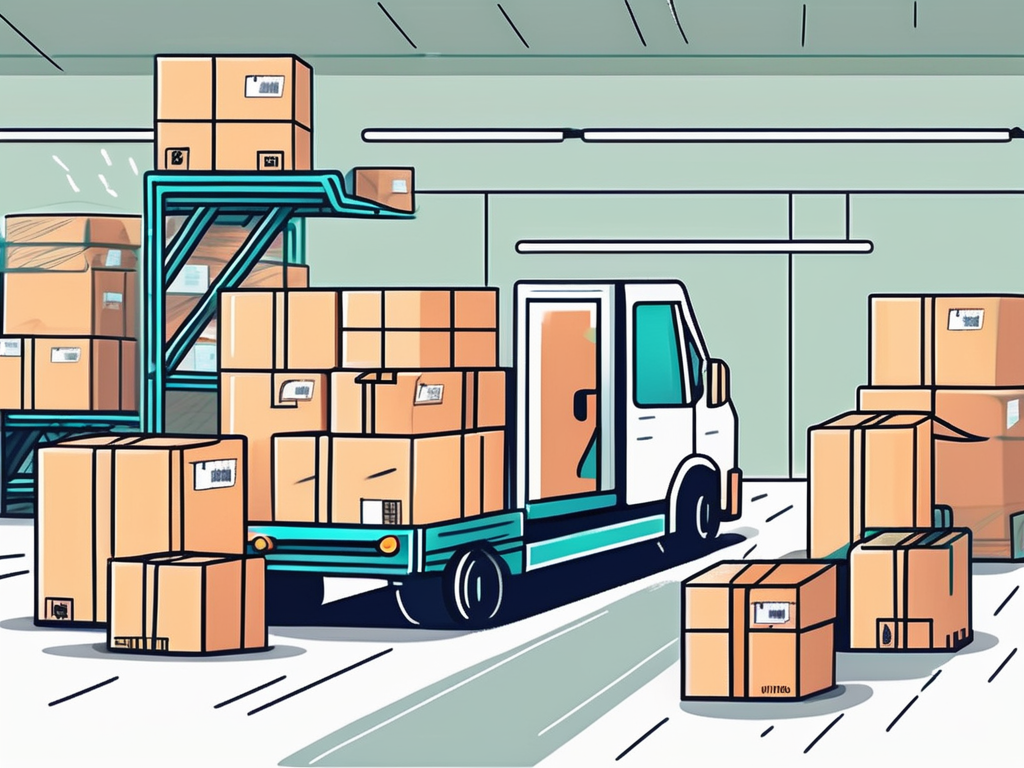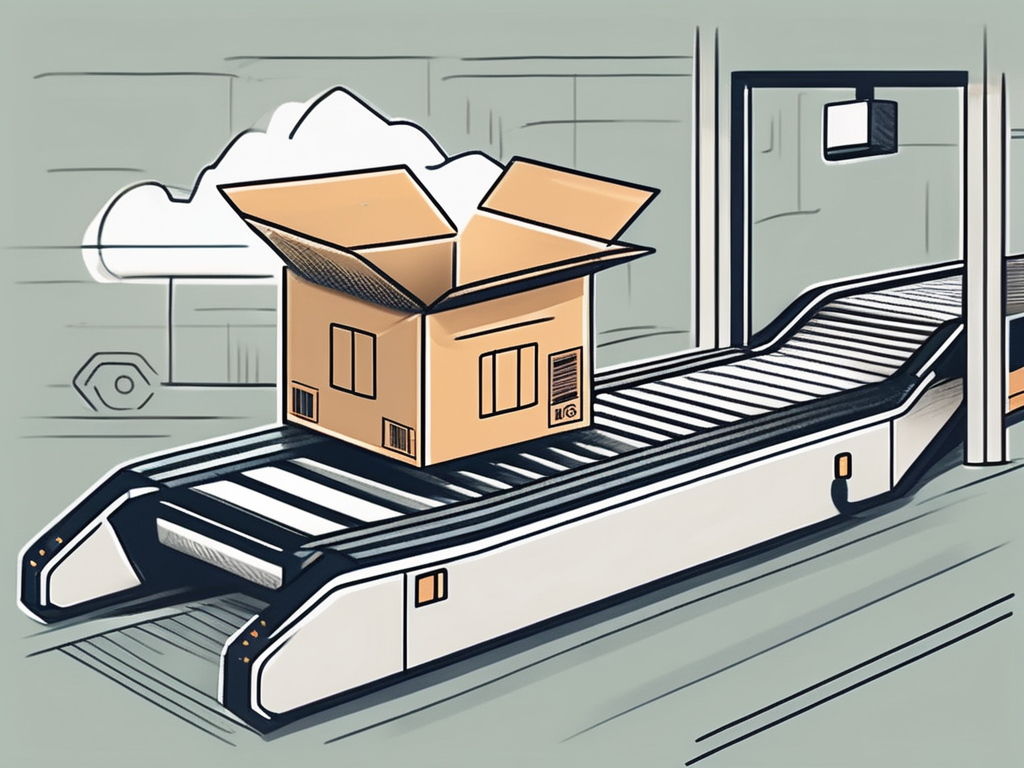Dropshipping has become a popular business model in recent years, allowing entrepreneurs to run their own online stores without the need to manage inventory or handle shipping. One platform that offers a great opportunity for dropshipping is Amazon. In this comprehensive guide, we will walk you through the process of how to start dropshipping on Amazon and help you understand the key steps involved.
Understanding Dropshipping and Its Potential
Before diving into the world of dropshipping on Amazon, it’s important to have a clear understanding of what dropshipping is and the potential it holds.
Dropshipping is a business model where sellers don’t physically stock the products they sell. Instead, when a store owner sells a product, they simply purchase the item from a third-party supplier who then ships it directly to the customer’s door. This means that the seller never sees or handles the product.
But what exactly makes dropshipping such an appealing option for aspiring entrepreneurs? Let’s explore the benefits of dropshipping on Amazon.
Benefits of Dropshipping on Amazon
Dropshipping on Amazon comes with several benefits that make it an attractive option for aspiring entrepreneurs. Firstly, Amazon is a well-established and trusted platform with millions of active buyers. By leveraging Amazon’s customer base, dropshippers can reach a large audience and increase their chances of making sales.
Imagine having access to a vast marketplace where potential customers are already searching for products. This is exactly what Amazon offers to dropshippers. With a few clicks, sellers can list their products on Amazon and instantly gain exposure to millions of potential buyers.
Additionally, Amazon handles the logistical aspects of the business, such as storage, packaging, and shipping. This frees up the dropshipper’s time and resources, allowing them to focus on other areas of their business, such as marketing and customer service.
By taking care of the fulfillment process, Amazon allows dropshippers to scale their businesses without the need for a physical warehouse or a large inventory. This eliminates the upfront costs and risks associated with traditional retail models. Dropshippers can test new products and markets with minimal investment, making it an ideal option for those looking to start a business with limited resources.
Furthermore, Amazon provides a range of tools and resources to help sellers succeed. From analytics and reporting to advertising and promotional opportunities, Amazon equips dropshippers with the necessary tools to optimize their listings and drive sales.
In conclusion, dropshipping on Amazon offers aspiring entrepreneurs a unique opportunity to tap into a vast customer base, leverage the logistical expertise of a trusted platform, and scale their businesses with minimal upfront costs. With the right strategy and dedication, dropshipping on Amazon has the potential to be a lucrative venture.
Setting Up Your Amazon Seller Account
Now that you understand the basics of dropshipping and the potential it holds, it’s time to set up your Amazon seller account. Follow these steps to get started:

Steps to Create Your Seller Account
Creating an Amazon seller account is a straightforward process. Simply visit the Amazon Seller Central website and click on the “Register Now” button. Follow the prompts to input your business information, set up your payment method, and complete the registration process.
Understanding Amazon’s Fees and Policies
It’s vital that you familiarize yourself with Amazon’s fees and policies to ensure you fully understand the costs and requirements associated with selling on the platform. Read through Amazon’s fee schedule and seller policies to avoid any surprises later on.
Once you have successfully created your Amazon seller account, you gain access to a wide range of tools and resources that can help you optimize your selling experience. Amazon offers various seller programs, such as Fulfillment by Amazon (FBA), which allows you to store your products in Amazon’s fulfillment centers and have them handle the shipping and customer service for you.
Additionally, Amazon provides detailed analytics and reporting features that allow you to track your sales performance, monitor customer feedback, and identify areas for improvement. By leveraging these insights, you can make data-driven decisions to enhance your product listings, pricing strategies, and marketing efforts.
Furthermore, Amazon offers advertising options to help you increase your product visibility and reach a larger audience. Sponsored Products, for example, allows you to promote your listings within Amazon’s search results, while Amazon Stores enables you to create a customized storefront to showcase your brand and products.
As you navigate the world of selling on Amazon, it’s important to stay updated on the latest trends and best practices. Amazon regularly updates its policies and guidelines, so make sure to keep an eye on their Seller Central announcements and participate in their educational resources, such as webinars and forums.
Remember, setting up your Amazon seller account is just the beginning. Success on the platform requires continuous learning, adaptation, and optimization. By staying informed and actively engaging with the tools and resources available to you, you can maximize your chances of achieving your business goals and thriving in the competitive e-commerce landscape.
Identifying Profitable Products for Dropshipping
Choosing the right products to dropship is crucial for the success of your business. Here are some steps to help you identify profitable products:

Researching Product Trends
Stay up to date with the latest product trends by conducting thorough market research. Utilize tools such as Google Trends and Amazon’s Best Sellers list to identify products that are in high demand.
When researching product trends, it’s important to consider not only the current demand but also the future potential. Look for products that have shown consistent growth over time or have the potential to become a long-term trend. This will ensure that you are investing in products that will continue to generate profits for your dropshipping business.
Evaluating Product Profitability
It’s important to assess the profitability of potential products before adding them to your dropshipping store. Consider factors such as product cost, shipping fees, and market demand to determine whether a product has the potential to generate a healthy profit margin for your business.
When evaluating product profitability, don’t forget to take into account any additional costs that may be associated with the product. This could include advertising expenses, packaging materials, or any fees charged by your dropshipping platform. By considering all these factors, you can ensure that you are making informed decisions and selecting products that will maximize your profits.
Furthermore, it’s essential to analyze the competition within your chosen niche. Look for products that have a reasonable level of demand but are not oversaturated in the market. This will give you a better chance of standing out from the competition and attracting customers to your dropshipping store.
Finding Reliable Suppliers
Once you have identified the products you want to sell, you need to find reliable suppliers who can fulfill your orders. This step is crucial for the success of your dropshipping business. Here’s what you need to consider:

Criteria for Choosing Suppliers
When selecting suppliers, it’s important to carefully evaluate your options. Look for those who offer competitive pricing, quality products, and reliable shipping. Price is a significant factor, as it directly affects your profit margins. However, keep in mind that the cheapest option may not always be the best. Quality products are essential for customer satisfaction and repeat business. Ensure that the suppliers you choose have a track record of delivering high-quality items.
Moreover, it’s crucial to assess the reliability of their shipping services. Late deliveries or damaged goods can harm your reputation and lead to dissatisfied customers. To gauge the reputation and level of service of potential suppliers, read reviews and testimonials from other dropshippers. Their experiences can provide valuable insights into the supplier’s reliability and customer service.
Building Relationships with Suppliers
Building strong relationships with your suppliers is key to your long-term success in the dropshipping industry. While finding reliable suppliers is important, nurturing those relationships is equally crucial. Here are some tips to foster a mutually beneficial partnership:
First and foremost, maintain open communication with your suppliers. Regularly check in with them to discuss inventory levels, upcoming promotions, and any other relevant information. By keeping the lines of communication open, you can address any potential issues or concerns before they escalate.
Secondly, provide clear instructions to your suppliers. Clearly communicate your expectations regarding packaging, labeling, and shipping methods. This will help ensure that your customers receive their orders in a timely manner and with the professional presentation they expect.
Lastly, address any issues promptly. If a problem arises, such as a delayed shipment or a defective product, handle it swiftly and professionally. By taking responsibility and finding a solution, you demonstrate your commitment to customer satisfaction and strengthen your relationship with the supplier.
Remember, building strong relationships with your suppliers is an ongoing process. Continuously evaluate their performance and seek feedback from your customers to ensure that you are providing the best possible service. By doing so, you can establish a network of reliable suppliers who will support the growth of your dropshipping business.
Listing Your Products on Amazon
Now that you have your suppliers in place, it’s time to list your products on Amazon to start making sales. Follow these tips to create effective product listings:
Creating Effective Product Listings
Write compelling and informative product descriptions that highlight the key features and benefits of your products. Use high-quality images and optimize your titles to attract the attention of potential buyers.
Optimizing Your Listings for SEO
To increase your chances of appearing in relevant search results, optimize your listings using relevant keywords. Conduct keyword research using tools like Google Keyword Planner to uncover keywords that your target audience is searching for.
By following these steps, you’ll be well on your way to starting a successful dropshipping business on Amazon. Remember to continuously analyze and adapt your strategy as the market evolves, and always prioritize providing excellent customer service. Good luck!

